 To enhance service speed and avoid tariff delays, we've opened a US warehouse. All US orders ship directly from our US facility.
To enhance service speed and avoid tariff delays, we've opened a US warehouse. All US orders ship directly from our US facility.
| Cat. No. | Product Name | Field of Application | Chemical Structure |
|---|---|---|---|
| A302 | Genentech patent anti-Integrin β7 Biosimilar(Anti-Integrin b7 / ITGB7 Reference Antibody) Featured |

|
|
| A301 | Erlizumab Biosimilar(Anti-Integrin b2 / ITGB2 / CD18 Reference Antibody) Featured |
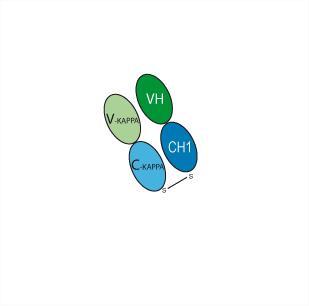
|
|
| A300 | OS2966 Biosimilar(Anti-Integrin b1 / ITGB1 / CD29 Reference Antibody) Featured |

|
|
| A299 | Tadocizumab Biosimilar(Anti-Integrin a2b3 (ITGA2 & ITGB3) Reference Antibody) Featured |
Tadocizumab (C4G1; YM-337) is a humanized monoclonal antibody tageting integrin αIIbβ3. Tadocizumab has antiplatelet and antithrombotic effects, and can be used for cardiovascular disease research.
More description
|
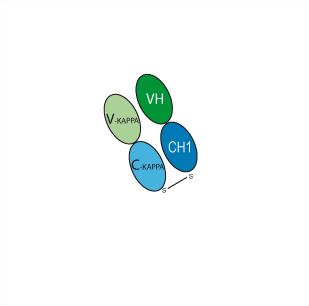
|
| A298 | Intetumumab Biosimilar(Anti-Integrin aV / ITGAV / CD51 Reference Antibody) Featured |
Intetumumab (CNTO 95) is a potent anti-EGFR monoclonal antibody that is glycoengineered for enhanced antibody-dependent cellular cytotoxicity (ADCC). Intetumumab can be used in research of cancer.
More description
|
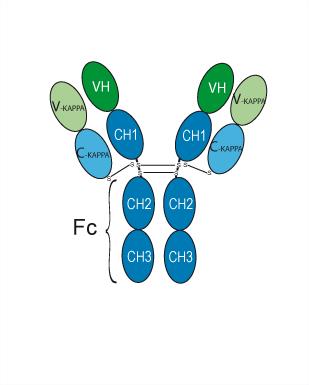
|
| A297 | Abituzumab Biosimilar(Anti-Integrin aV / ITGAV / CD51 Reference Antibody) Featured |
Abituzumab (DI17E6) is a humanised anti-integrin αV monoclonal antibody (IgG2 type). Abituzumab effectively reduces the phosphorylation of FAK, Akt and ERK. Abituzumab can be used in cancer research, particularly in prostate cancer.
More description
|
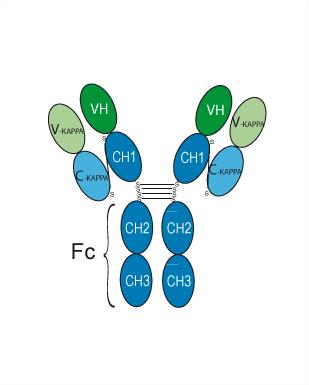
|
| A296 | Efalizumab Biosimilar(Anti-Integrin aL / ITGAL / CD11a Reference Antibody) Featured |
Efalizumab is a targeted T cell modulator, and is a humanized monoclonal antibody of CD11a, the α subunit of LFA-1. Efalizumab inhibits T cell activation, cutaneous T cell trafficking, and T cell adhesion to keratinocytes, can be used for plaque psoriasis research.
More description
|
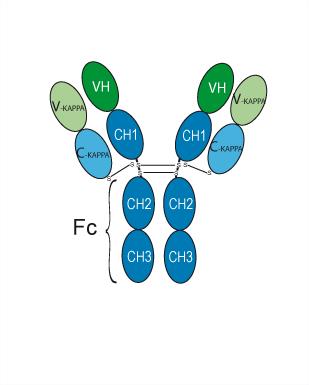
|
| A295 | Orilanolimab Biosimilar(Anti-FcRn (FCGRT & B2M) Reference Antibody) Featured |
Orilanolimab (SYNT001) is a humanized, de-immunized and FcRn-blocking monoclonal antibody. Orilanolimab blocks the interaction between FcRn and the Fc portion of IgG molecules. Orilanolimab impedes IgG IC activation of the FcRn-mediated adaptive immune function. And Orilanolimab disrupts the associated pathways related to IgG homeostasis and innate and adaptive immunity.
More description
|
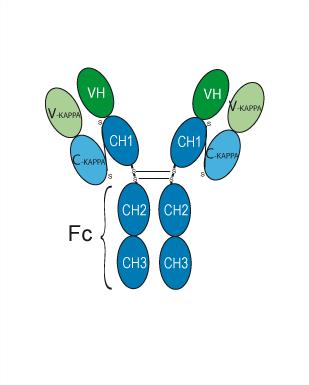
|
| A294 | Etaracizumab Biosimilar(Anti-Integrin aVb3 (ITGAV & ITGB3) Reference Antibody ) Featured |
Etaracizumab (LM 609) is an αvβ3 integrin IgG1 monoclonal antibody. Etaracizumab inhibits angiogenesis and melanoma tumor growth. Etaracizumab can be used to research anticancer.
More description
|
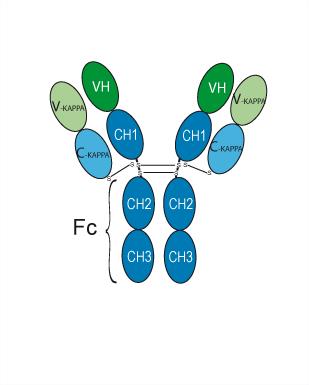
|
| DC60219 | Camibirstat (FHD-286) Featured |
FHD-286 is a selective, oral inhibitor of SMARCA4/SMARCA2 ATPase (BRG1 and BRM) inhibitor. FHD-286 has the potential for the research of BAF (BRG1/BRM-associated factor)-related disorders such as acute myeloid leukemia.
More description
|
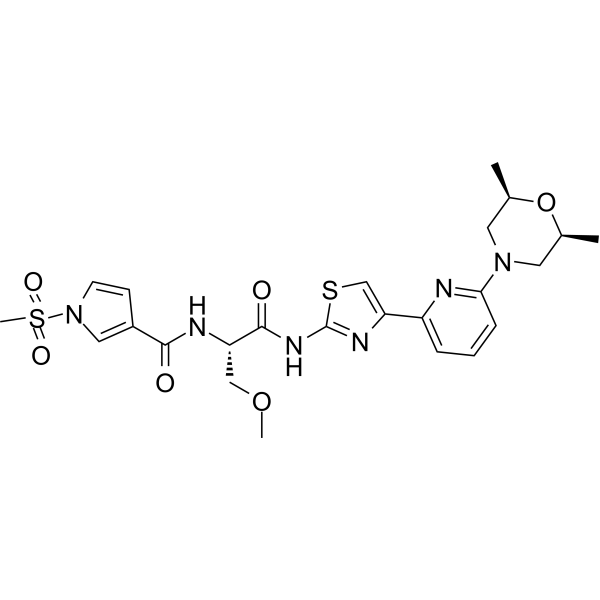
|
| DC21115 | TD-1 Featured |
Hemoglobin modulator TD-1 (TD-1) is a novel allosteric effector of hemoglobin that increases hemoglobin oxygen affinity and reduces SS erythrocyte sickling.
More description
|
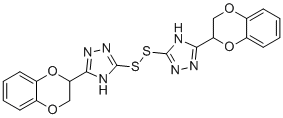
|
| A292 | Vatelizumab Biosimilar(Anti-Integrin a2b1 (ITGA2 & ITGB1) Reference Antibody ) Featured |
Vatelizumab (GBR500) is a monoclonal antibody targeting the α2 subunit (CD49b) of very late antigen-2 (VLA-2). Vatelizumab can be used for the research of multiple sclerosis.
More description
|
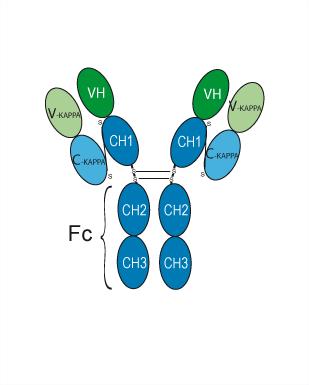
|
| DC48401 | TLR7/8 agonist 4 hydroxy-PEG10-acid hydrochloride Featured |
TLR7/8 agonist 4 hydroxy-PEG10-acid hydrochloride (compound 9) is a drug-linker conjugate for ADC with potent antitumor activity by using TLR7/8 agonist 4, linked via the cleavable ADC linker hydroxy-PEG10-acid.
More description
|

|
| DC60236 | Imiquimod hydrochloride Featured |
Imiquimod hydrochloride (R 837 hydrochloride), an immune response modifier, is a selective toll like receptor 7 (TLR7) agonist. Imiquimod hydrochloride exhibits antiviral and antitumor effects in vivo. Imiquimod hydrochloride can be used for the research of external genital, perianal warts, cancer and COVID-19.
More description
|

|
| DC26031 | Gardiquimod trifluoroacetate Featured |
Gardiquimod trifluoroacetate is a specific TLR7 agonist which can also inhibit HIV-1 reverse transcriptase.
More description
|

|
| DC7733 | Tasquinimod(ABR-215050) Featured |
Tasquinimod is an orally active antiangiogenic agent by allosterically inhibiting HDAC4 signalling.
More description
|

|
| DC28351 | 1V209(TLR7 agonist T7) Featured |
1V209 (TLR7 agonist T7) is a Toll-like receptor 7 (TLR7) agonist and has anti-tumor effects. 1V209 can be conjugated with various polysaccharides to improve its water solubility, and enhance its efficacy, and maintain low toxicity.
More description
|

|
| DC7138 | GS-9620(Vesatolimod) Featured |
GS-9620 is a potent and selective orally active small molecule agonist of Toll-like receptor 7(TLR-7) in chimpanzees with chronic HBV infection.
More description
|

|
| DC8815 | Motolimod (VTX-2337) Featured |
Motolimod (VTX-2337) is a novel TLR8 agonist that activates NK cells and augments ADCC.
More description
|

|
| DC47884 | TLR4-IN-C34-C2-COOH Featured |
TLR4-IN-C34-C2-COO is a linker that incorporates TLR4 inhibitor TLR4-IN-C34. TLR4-IN-C34 inhibits TLR4 in enterocytes and macrophages, and reduces systemic inflammation in mouse models of endotoxemia and necrotizing enterocolitis.
More description
|

|
| DC28692 | TLR7/8 agonist 3 Featured |
TLR7/8 agonist 3 is a potent TLR7 and TLR8 agonist, extracted from patent US20170114137A1.
More description
|

|
| DC66456 | TLR7/8 agonist 1 Featured |
TLR7/8 agonist 1 is a toll-like receptor (TLR7)/TLR8 dual-agonistic imidazoquinoline.
More description
|

|
| DC21273 | Telratolimod Featured |
Telratolimod (MEDI 9197, 3M 052) is a novel, injectable, tissue-retained TLR7/8 agonist that forms a tissue depot with gradual, sustained release, allowing local TLR triggering activity without systemic cytokine release.
More description
|

|
| DC12437 | SMU127 Featured |
SMU127 (SMU-127, ZINC666243) is a specific TLR1-TLR2 small molecule agonist with EC50 of 0.55 uM.
More description
|

|
| DC22922 | 3M-003 Featured |
A potent TLR7/8 agonist that induces robust production of the Th1-polarizing cytokines TNF-alpha and IL-12 from neonatal antigen-presenting cells (APCs)..
More description
|

|
| DC22924 | 3M-002 Featured |
A selective TLR8 agonist that induces activation of NF-κB at 0.4 uM.
More description
|

|
| DC22934 | 3M-011 Featured |
3M-011 is a potent TLR7/8 agonist and cytokine inducer; stimulates type I interferon (IFN) and other cytokines such as TNF-alpha, IL-12, and IFN-gamma from rat peripheral blood mononuclear cells; induces IL-12 and COX-2 expression in mDC from HIV+ and HIV- individuals, and inhibits H3N2 influenza viral replication in the nasal cavity; potentiates NK cytotoxicity, and shows antitumor effects in scid/B6 mice and scid/NOD mice.
More description
|

|
| DC23543 | ANA975 Featured |
ANA975 is an oral prodrug of the TLR-7 agonist Isatoribine (ANA245.
More description
|

|
| DC42507 | CU-115 Featured |
CU115 is a potent TLR8 antagonist (IC50=1.04 µM), and shows selective for TLR8 over TLR7 (IC50=>50 µM). CU 115 decreases TNF-α and IL-1β production activated by R-848 in THP-1 cells.
More description
|

|
| DCC4995 | Szu101 Featured |
Novel TLR7 agonist via immune response induction and tumor microenvironment modulation
More description
|

|